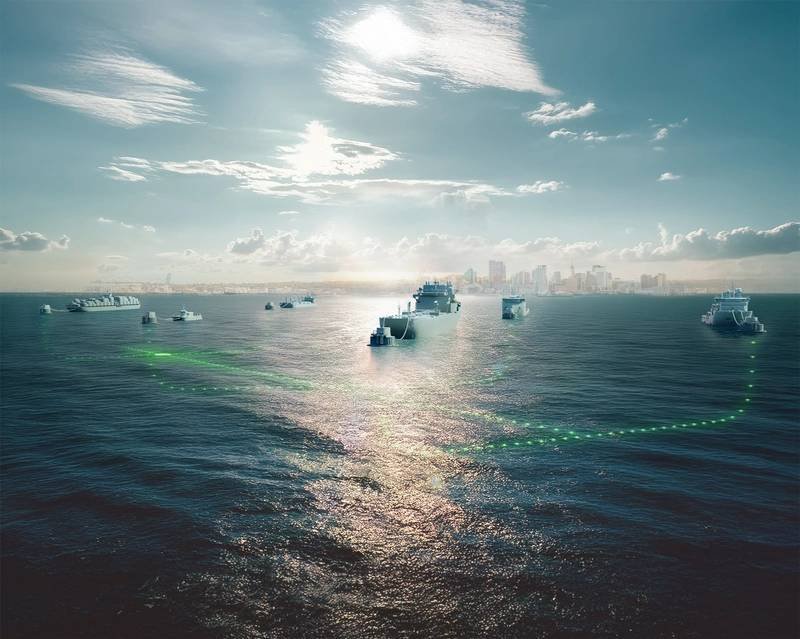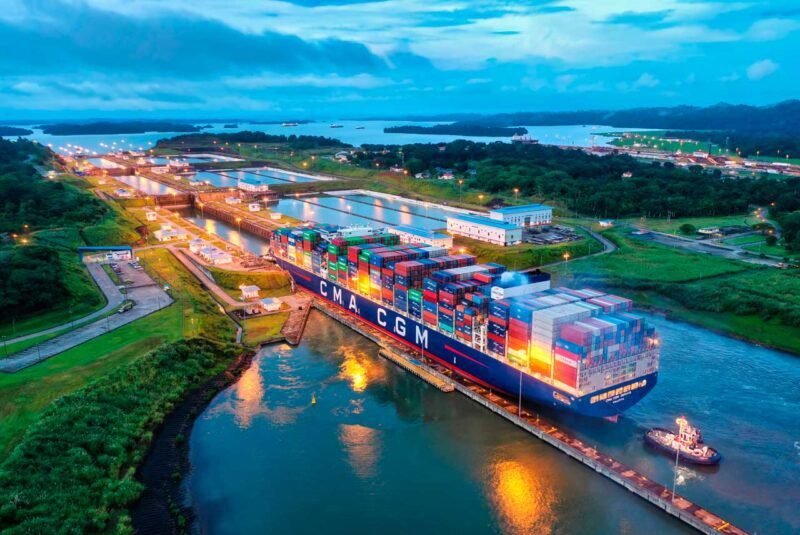The Panama Canal, a vital maritime shortcut connecting the Pacific and Atlantic Oceans, is facing challenges due to water shortages caused by repeated droughts. Climate change is exacerbating the situation, impacting global trade and revenues crucial for Panama’s economy. The decrease in canal activity has also been influenced by security concerns in other shipping routes, with Yemen’s Houthi attacks prompting ship diversions. The economic significance of the canal, responsible for nearly 3% of global maritime trade, highlights the urgent need to address the growing climate crisis affecting the water supply.
The reduced water levels in Lake Gatun, the main reservoir feeding the canal, have led to restrictions on ship passages and increased freight rates. An increase in water-saving measures, such as reusing water and tandem locking for ships, has been implemented to mitigate further restrictions. Efforts are being made to secure funding and approval for constructing a new reservoir on the Indio River to address the water supply issues. However, this project faces challenges due to environmental concerns and the need for community consent.
The potential impact of the Indio River reservoir project on local communities has raised questions about transparency and public engagement in decision-making processes. Residents fear the displacement of homes and lack of basic services in their communities. Environmental issues and community rights have become sources of public frustration and protests, highlighting the importance of respecting local perspectives and engaging in meaningful dialogue. The future of the Panama Canal will require balancing economic interests with environmental stewardship and community well-being.


















